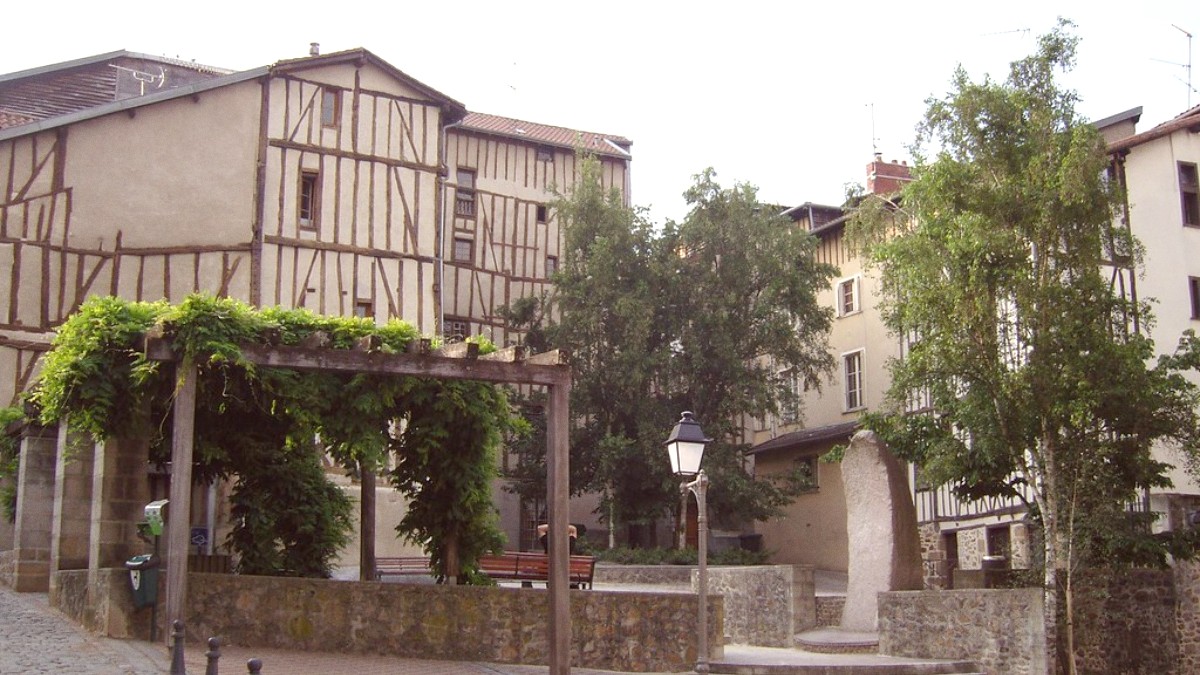
France
This is a place where every corner tells a story, from Roman foundations to the artistry that made its name known across the globe. Journey to uncover the charm of central-southwest France, a region celebrated for its craftsmanship, its beautiful landscapes, and a welcoming spirit.
Limoges is the "City of Porcelain" due to its centuries-long ceramic heritage. The city also offers a tranquil setting with its river and proximity to the Limousin plateau, famed for its cattle and timber.
Visitors find a blend of urban amenities and natural beauty, making for a distinctive French travel experience.
Limoges is a location in the Nouvelle-Aquitaine region, positioned in central-southwest France. It serves as the capital of the Haute-Vienne department. The Vienne River gracefully flows through the city, adding a scenic element to its urban landscape.
The landscape surrounding Limoges consists of the rolling hills of the Limousin plateau. This area forms a part of the western Massif Central, a large upland region in south-central France. The river, hills, and nearby forests create a picturesque setting, influencing local industries like lumber and agriculture.
Approximately 200 kilometers (124 miles) north.
About 300 kilometers (186 miles) south.
Roughly 100 kilometers (62 miles) to the east.
The city acts as a gateway to this region, celebrated for its green pastures and traditional farming.
Its presence historically shaped the city's growth and transport links.
This setting means that when you visit Limoges, you are not just experiencing an urban center. You are also close to vast natural spaces, offering opportunities for outdoor activities and a chance to see the rural side of France.
The city's position on the Vienne River historically served as a transport route and a source of power, impacting its growth and development over centuries.
Its location also positions it at a crossroads within France, rendering it quite accessible from various parts of the country by road and rail.
Image: View of the Vienne River and Pont Saint-Étienne in Limoges
Limoges is a deep history, with roots extending back to Roman times. It began as Augustoritum, a settlement founded around 10 BC by the Roman emperor Augustus. This early foundation established its regional importance, and archaeological remnants of its Roman past last today.
The city's early prominence grew from the production of champlevé enamel during the Middle Ages. This art form, involving the creation of designs in metal and filling them with enamel, gained renown across Europe. It often bore the name "Opus de Limogia" or "Limoges enamel," signifying its origin.
Established as Augustoritum by Emperor Augustus around 10 BC.
Celebrated for "Opus de Limogia" champlevé enamel production.
Became a world center for porcelain after kaolin discovery in 18th century.
The city abode a siege during the Hundred Years' War in 1370. More recently, Limoges held importance during World War II as a center for the French Resistance.